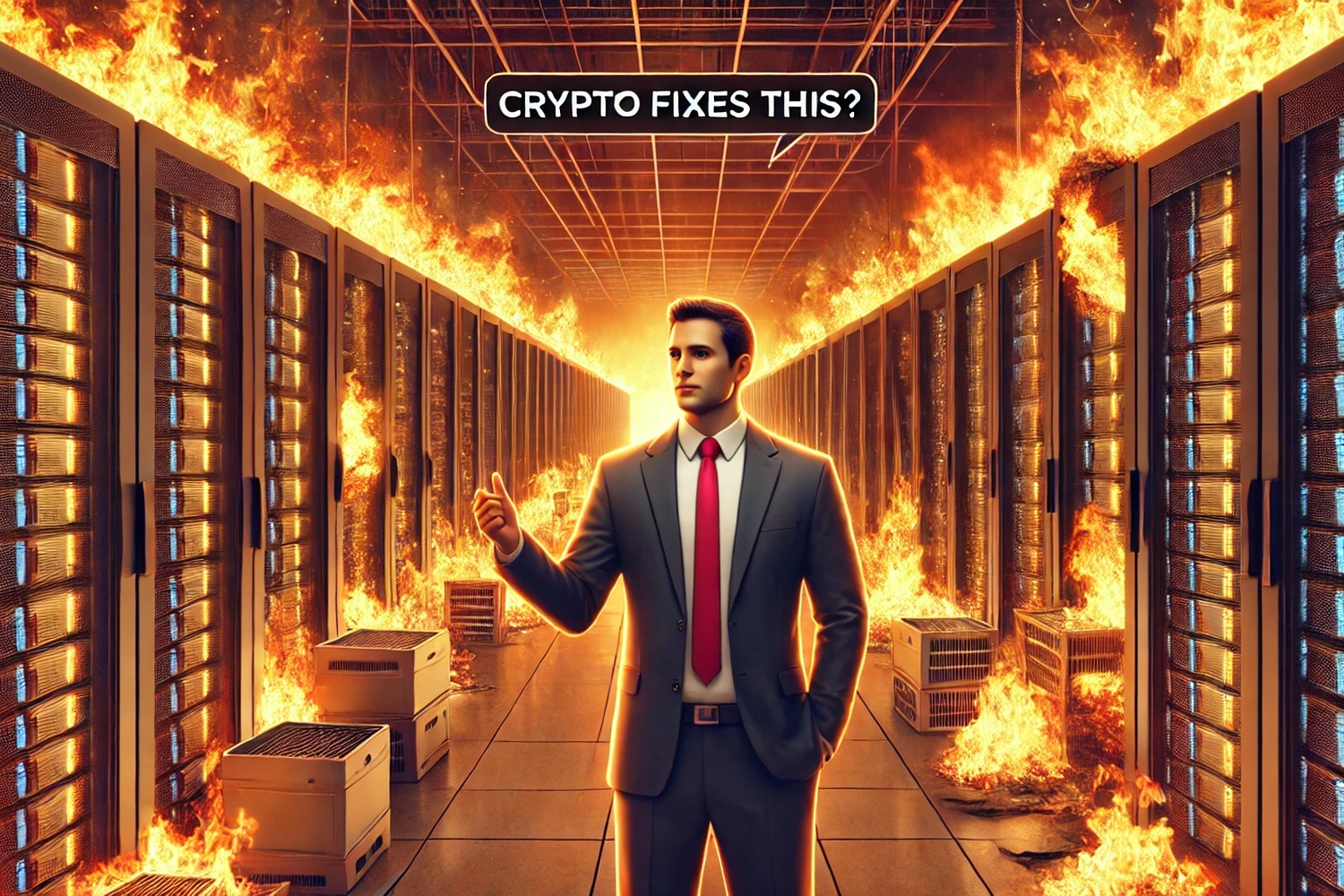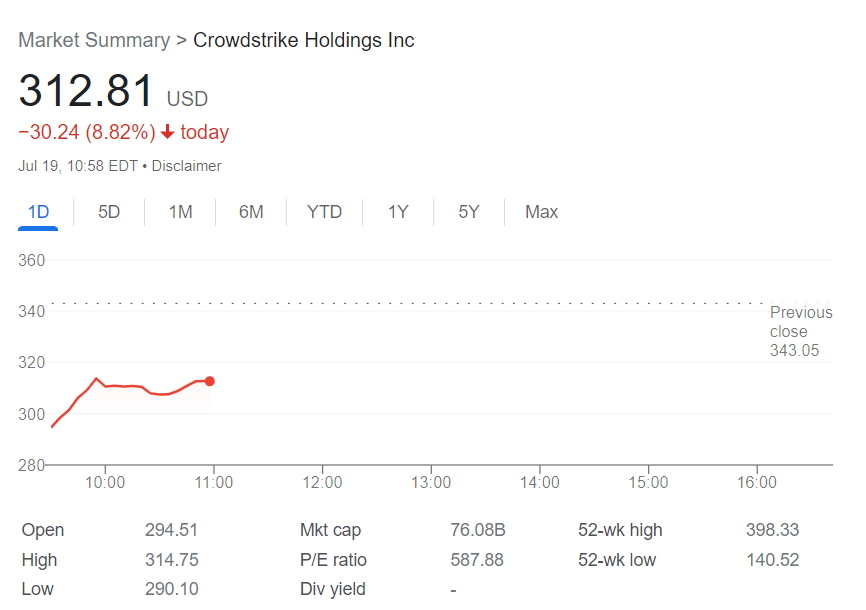
Crypto Community Smug About Global IT Outage, But Does Blockchain Actually Fix This?
A software bug invoked international hysteria when a bug in a Windows content update shut down banks, airlines, and emergency services.
- Published: Jul 19, 2024 at 15:19
- Edited: Jul 19, 2024 at 16:17
Showcasing the world’s reliance on centralized systems, a global IT outage brought the world to its knees. Across the planet, major service providers like banks, supermarkets, and logistics companies found themselves unable to operate, causing significant disruption.
Eager to prove its relevance, the crypto community was quick to launch a tirade of smug comments. “Crypto fixes this” was heard across social media platforms, with crypto advocates championing blockchain as an obvious solution to singular points of failure.
But is that truly the case? While decentralization aims to eliminate centralized points of failure, would blockchain solutions actually have prevented this widespread technical meltdown?
What Happened?
The chaos began when CrowdStrike, a cybersecurity provider, pushed a defective single content update to Windows hosts. The bug affected millions of Microsoft Windows devices all over the world, causing infinite reboot loops and leaving users staring at Windows’ infamous BSoD (Blue Screen of Death).
Attempting to bring clarity to the situation CrowdStrike CEO George Kurtz, released a statement on 𝕏. Assuring affected users that “this is not a security incident or cyberhack”, the CEO claims that “the issue has been identified, isolated, and a fix has been deployed”.
While Kurtz has indicated that a fix has been deployed, Windows users globally report still being unable to access their devices.
Fortunately, savvy developers were on hand to remedy the situation and provide timely solutions.
Affected users can reboot their Windows devices in Safe Mode and delete the defective update file, or wait until CrowdStrike implemented resolution is distributed.
In traditional markets, CrowdStrike stock (CRWD) suffered a crippling blow, down 8.82% in today’s trading, based on NASDAQ data. While this might seem insignificant when compared to crypto’s volatility, price movements of this scale are uncommon in traditional markets.
Does Crypto Really Fix This?
The crypto community wasted no time calling out the flaws of centralized systems and singular points of failure. Citing mass outages like today’s as evidence that decentralized systems are the future of infrastructure, crypto advocates were quick to leverage the event as an example of “Bitcoin fixes this”.
However, not all pockets of the crypto community were in agreement. Several blockchain developers and engineers highlighted that in this specific example, pushing bugged code to production would likely have the same effect to blockchain networks.
Despite the specifics and technicalities, the event serves as a powerful reminder of the flaws in centralized services and singular points of failure. Commentators remarked that society’s reliance on centralized companies and infrastructure providers doesn’t bode well for our future.
This belief reinforces the viability of DePin technology, which aims to distribute services across a variety of independent providers and establish more secure and reliable infrastructure. Frank Mathis, founder of GenesysGo, highlights the importance of conducting rigorous security checks before pushing software updates.
Cryptocurrency and blockchain technology may not have been a direct solution to this particular problem. However, global outages like the CrowdStrike defect help to promote discussion around the benefits of decentralization and distributed systems.
Read More on SolanaFloor:
Moonshot promises to make trading meme coins easier than ever
Trade Meme Coins with Apple Pay: New Mobile App Makes Solana Even More Accessible




